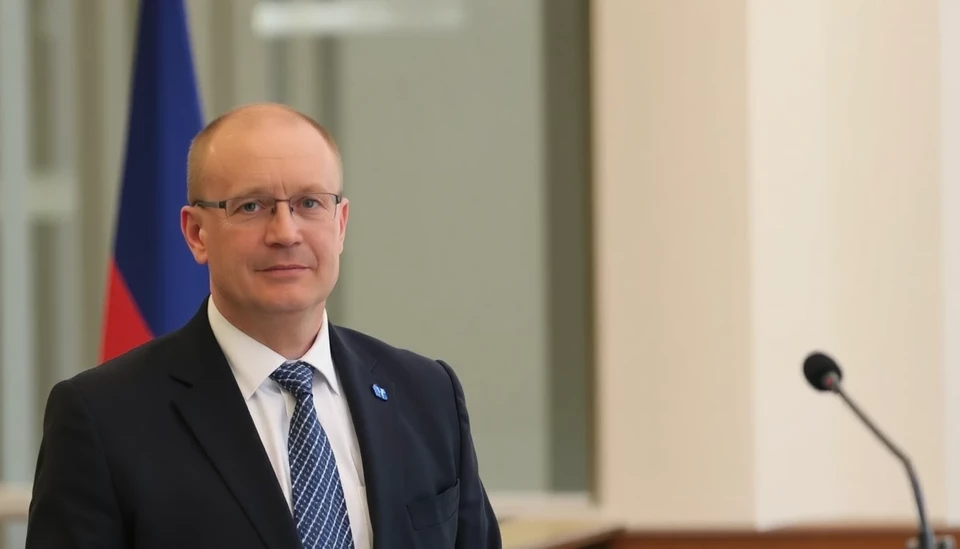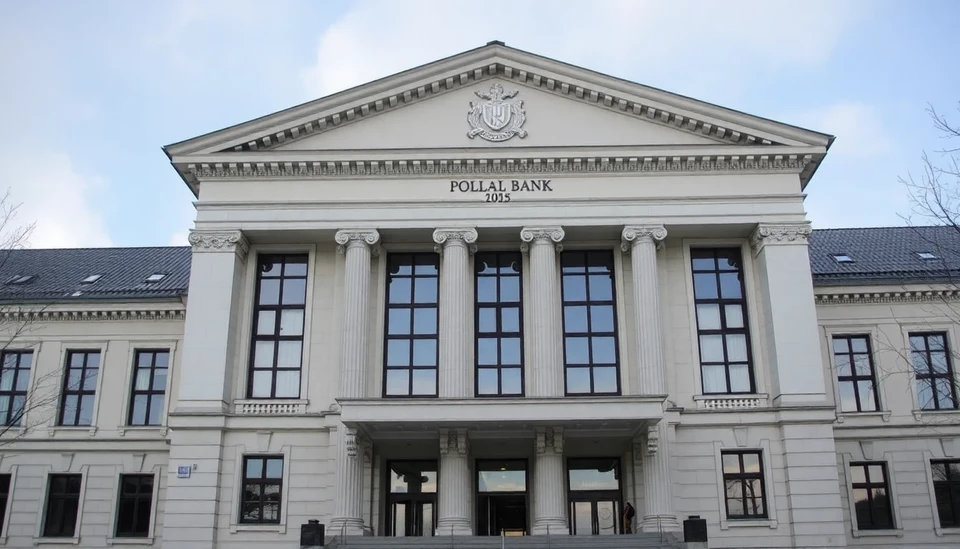
In a recent statement that has captured the attention of financial analysts and market watchers, a prominent ally of Polish Central Bank Governor Adam Glapiński hinted at the possibility of interest rate cuts as early as July 2025. This declaration comes against the backdrop of evolving economic conditions in Poland and the broader European context, sparking discussions about the future trajectory of monetary policy in the country.
The remarks were made by a leading member of the Monetary Policy Council, who emphasized the necessity for a strategic approach in responding to the current economic landscape. The Council is closely monitoring various indicators, including inflation trends, employment rates, and growth projections, to make informed decisions about any potential adjustments to interest rates.
Currently, Poland is grappling with a multifaceted economic situation characterized by fluctuations in inflation rates and consumer spending. After a period of rising interest rates intended to combat inflation, there appears to be a shift in the narrative as the economy shows signs of stabilization. The Council member noted that if economic data continues to support a favorable environment, a rate cut could be strategically implemented in July.
Market reactions to the announcement have been mixed, with some investors expressing optimism about a potential easing of rates that could spur economic growth and consumer confidence. Conversely, others caution against premature cuts, advocating for a careful evaluation of ongoing economic developments before making such pivotal decisions.
The impending discussions within the Monetary Policy Council are also seen as pivotal for the emerging trends in the region. Analysts suggest that the ripple effects of Poland's monetary policy could influence neighboring markets, outlining the interconnectedness of the European economy in the wake of fluctuating global conditions.
As we look forward to the upcoming months, stakeholders from various sectors—ranging from finance to consumer goods—will be keeping a close eye on the developments from the Polish Central Bank. The potential for rate cuts signifies not just a change in monetary policy, but also a response to the broader economic climate that includes inflationary pressures and issues surrounding consumer spending behavior.
In summary, the prospect of interest rate cuts by July is a significant development in the Polish economic narrative, poised to impact both domestic and European markets. As the Council assesses its options, the balance between stimulating growth and managing inflation remains a delicate task, one that will define the economic landscape in Poland for the foreseeable future.
#Poland #InterestRates #MonetaryPolicy #EconomicNews #Glapinski
Author: Rachel Greene




